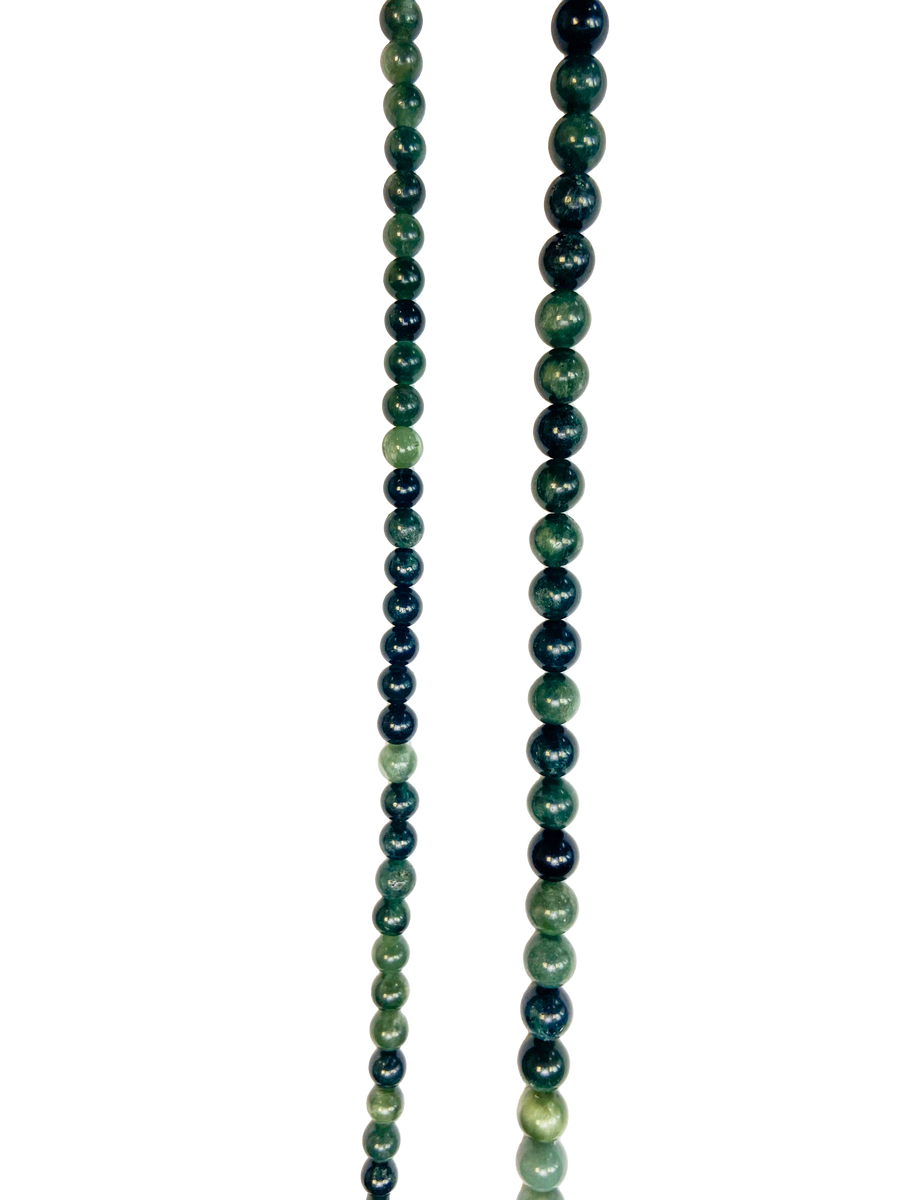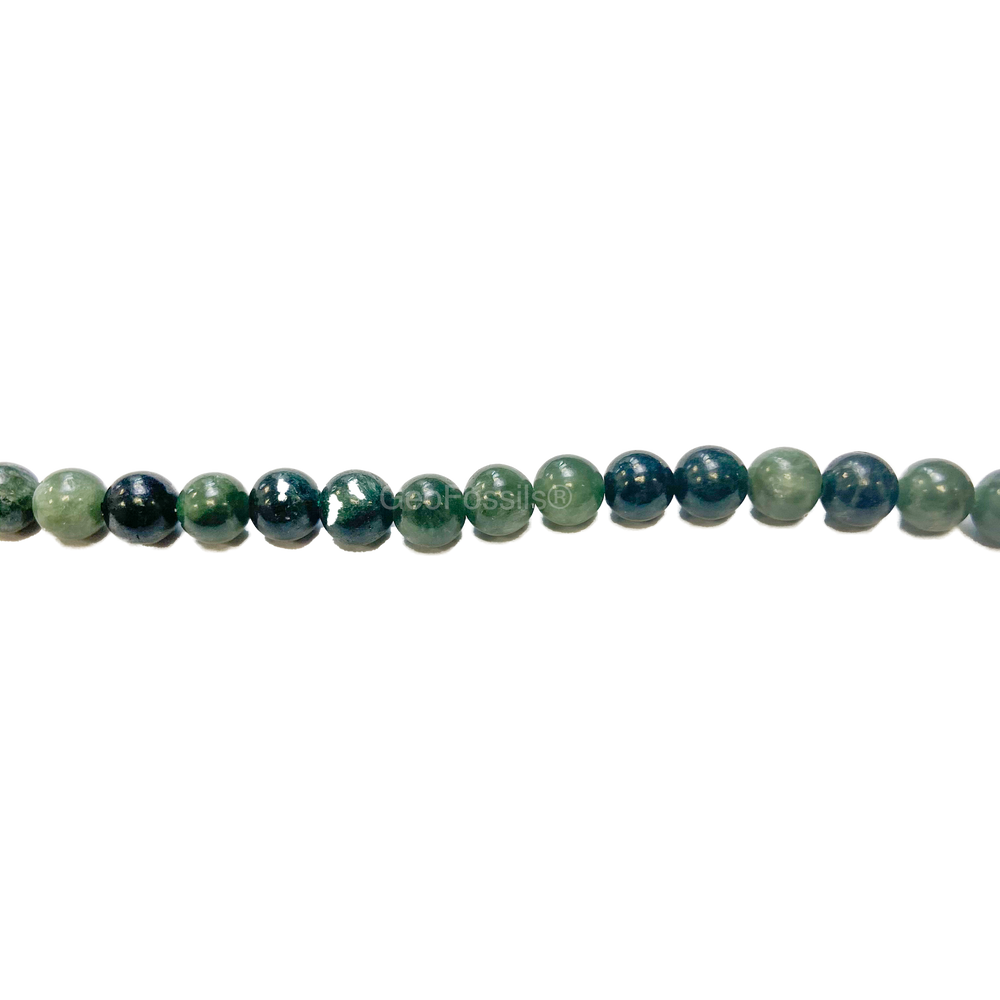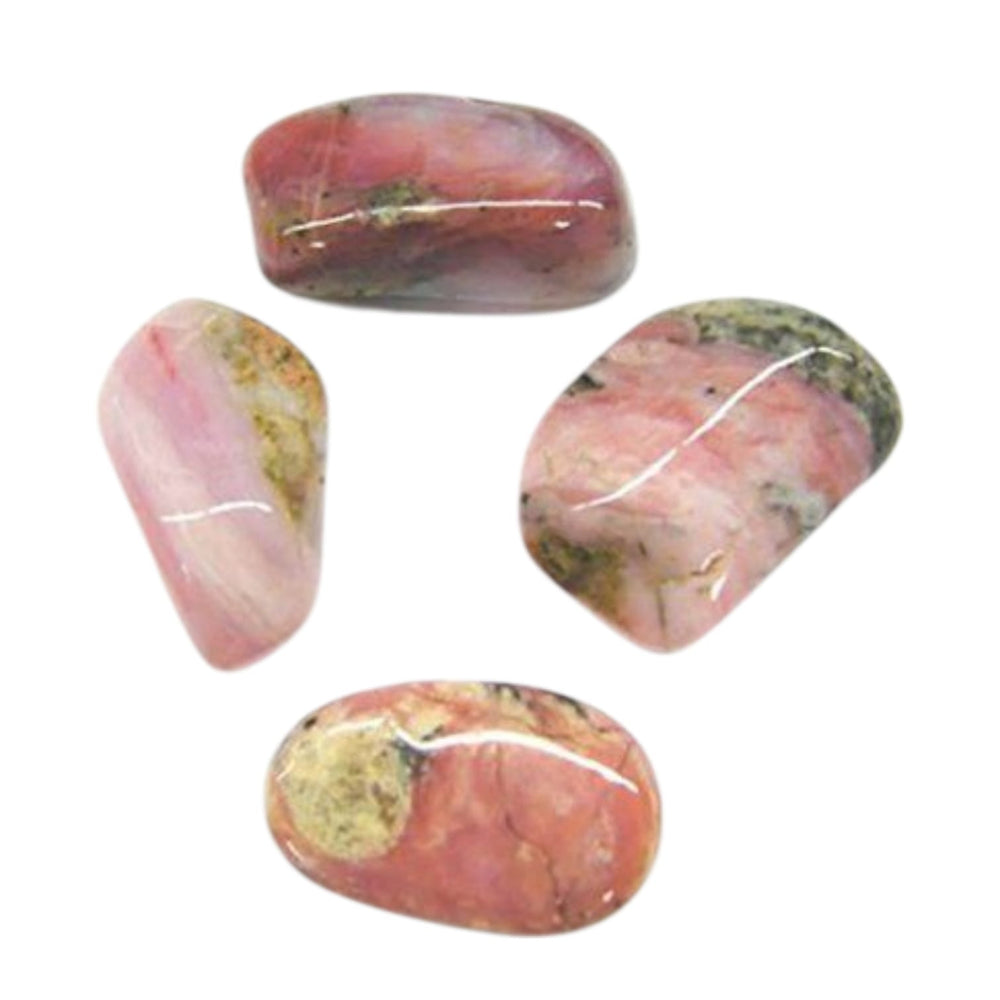Discover the ancient beauty of the ammonite, an extinct marine mollusc that thrived in Earth’s oceans during the Cretaceous period. These raw ammonites from Agadir, Morocco, are naturally preserved in sandy-coloured limestone and date back approximately 110–120 million years. Each specimen showcases the iconic ribbed shell and Fibonacci spiral, making them timeless pieces of natural history.
Ammonites were first scientifically described in the early 19th century, although their fossil remains have been known for centuries. The name ammonite comes from the Egyptian god Ammon, who was often depicted wearing ram’s horns — resembling the spiral shells of these fossils. Fossils from Morocco, particularly the Agadir region, became well known during the 20th century as Morocco developed into one of the world’s most important fossil localities.
Whether you are a fossil collector, an educator, or simply someone fascinated by Earth’s past, these ammonites are a unique connection to prehistory. Their raw, unpolished condition highlights the authenticity and geological story of each piece.
Key Features
-
Age: Cretaceous Period (approx. 110–120 million years old)
-
Locality: Agadir, Morocco
-
Size: Between 10–12cm across
-
Condition: Raw, unpolished, sandy-coloured preservation
-
Unique Qualities: Distinct ribbing and natural Fibonacci spiral pattern
-
Historical Note: Ammonites were first described scientifically in the 1800s; their name comes from the god Ammon due to their spiral form.
-
Ideal For: Collectors, natural history enthusiasts, palaeontology studies, and educational displays
Please Note
We will intuitively choose a specimen from our collection just for you.
Frequently Asked Questions (FAQ)
When were ammonites first discovered?
Ammonite fossils have been collected for centuries, but they were formally described by scientists in the early 19th century.
Why are ammonites important to science?
Ammonites are index fossils, meaning they help geologists date rock layers and understand ancient marine environments.
Why are Moroccan ammonites famous?
Morocco is one of the richest fossil localities in the world, with the Agadir region producing some of the most accessible and well-preserved ammonites.
What does the name “ammonite” mean?
The name comes from the Egyptian god Ammon, who was depicted with ram’s horns resembling the spiral shells of these fossils.









